Paleo or Keto: Which Diet Is Better for Your Overall Health?

Have you been considering changing up your diet for weight loss, energy, or overall health?
There are so many different diet options and with the wide net of the internet, it can seem impossible to figure out which one is going to be the best one for your body and needs.
We’re going to break two of the more popular diet options down so you can see if one of them is right for you.
So, paleo or keto: which is better for your health, lifestyle, and goals? We’re going to go through both of these diets: what’s included, what’s disallowed, and what the overall “lifestyle” is like, as well as intended results.
Keep reading to learn if a keto or paleo diet is for you.
Paleo Diet: The Basics
A paleo diet is one that aims to emulate the diets of our ancestors. This means that you’re getting rid of anything that’s overprocessed or otherwise unnatural.
Think about what you would be able to eat if you were living before food processing was a thing. You’re imagining yourself as a hunter-gatherer thousands of years ago.
The main idea of this is that our ancestors were able to sustain themselves for much more active lifestyles than the ones we have now with only simple ingredients, so we should be able to do the same.
Paleo diets tend to be high-protein and low in unhealthy fats. The diet also often extends to an entire lifestyle, where the people living it also choose to exercise in “paleo-friendly” ways. Instead of heavy weightlifting, for example, they may opt to gain functional strength through body-weight workouts and lifting and carrying practical objects.
What Can’t You Eat?
The paleo diet cuts out a lot of foods that are normally a part of the average American diet.
Remember, you’re only eating things that our ancestors could find. You’re not allowed to have any processed sugar, any processed carbohydrates (meaning no bread or pasta), or certain oils.
You also can’t have artificial sweeteners, legumes or beans, or dairy (though some people who follow the paleo diet allow dairy).
Anything that requires a lot of processing to make it edible isn’t going to be an option.
What Can You Eat?
So what’s leftover after purging your refrigerator from the “bad” foods?
Well, a lot really. Remember, we’re trying to eat as we would thousands of years ago. All non-processed meats are on the table, making this diet great for people who want to eat a lot of protein. Opt for free-range animals.
Fruits, vegetables, and tubers of all kinds are allowed on this diet (as long as you leave legumes out) so you can still have plenty of nutrients from your daily greens.
You get to have healthy fats from nuts, seeds, and avocados, as well as healthy oils such as olive oil and coconut oil.
In other words, while you’re leaving processed foods behind, there are so many delicious foods that you can eat while on paleo that you might not even notice the loss.
You will be leaving fast food and a lot of your favorite snacks behind you, though.
Intended Results and Benefits
The paleo diet isn’t for weight loss, per se, but because of the increased protein and decreased empty calories, weight loss is often one of the results. When you can’t eat an overabundance of empty carbs and sugar and you’re instead replacing that with fiber and protein, weight drops off and your foods are more filling.
There are plenty of other reported health benefits of a paleo diet, including improving the lives of those with diabetes and heart disease.
Downsides
Aside from the extreme dietary restrictions, paleo doesn’t have too many downsides. It does limit any time that you choose to spend out with friends, but that’s normal for a diet.
One of the primary downsides of paleo is that it isn’t very vegetarian or vegan-friendly. While there is a large array of plant-based things to eat, a vegetarian or vegan would have a hard time getting enough of the necessary nutrients from a paleo diet.
As a restrictive diet, it can be a good idea to ease in and see how you’re feeling instead of cutting out non-paleo foods cold turkey. This can help you avoid a future binge session.
Keto Diet: The Basics
Keto is another popular “trendy” diet that many people are using for weight loss. The main idea is that you’re trying to send your body into ketosis. When your body lacks carbs to turn into energy (the normal way we process carbohydrates) it enters a ketogenic state and instead burns fat.
In theory, this means that you’ll have an easier time losing body fat when you’re eating a ketogenic diet.
Keto is a low-carb diet with a few extra steps and restrictions. Some people combine a keto diet with intermittent fasting for double the results.
What Can’t You Eat?
So what does the keto diet prevent you from eating?
As we mentioned, the keto diet is a low-carb diet. You want to avoid excess sugars and starches to keep your body in ketosis. You’re looking to aim for 50% to 60% of your diet to be made of fats, 30% to 35% to be protein and 10% or less leftover for carbs.
While this doesn’t restrict your foods per se, you don’t want to throw all of your carb allotment into one food. You have to cut out sweets and starches, even those that come from natural sources like tubers or certain sweet fruits. There’s are no pasta, grains, or bread allowed on keto.
Sweet drinks and most forms of alcohol are also disallowed on keto, though wine, in moderation, is okay.
What Can You Eat?
Keto limits you by percentages, so again, you can eat almost anything. To get the most out of your day, though, you want to focus on meats and natural fats (including full-fat dairy). Vegetables that grow above the ground are free-game for a keto diet, but many fruits will push you over your carb limit early on.
You can have coffee, but cream and sugar should be used sparingly. Bulletproof coffee is popular for those on a ketogenic diet.
If you’re unsure as to where you’re landing carb-wise, it can be useful to use a nutrition calculator with all of your meals until you know exactly how to cook and eat for your new diet.
Intended Results and Benefits
Many people use the keto diet for weight loss and there’s no denying that it works. A low-carb diet is great for cutting down on extra fat, and the dietary limitations mean that there will be less mindless snacking throughout the day.
Even if you never completely go into ketosis, or you don’t stay there for long, the reduced overall calorie intake and the lack of simple carbs and sugars will make a big difference in the amount that you consume and the excess water weight that you hold onto.
Keto has also been studied for its other effects on the body. Keto may improve the functions of the heart and brain, as well as improving the appearance of your skin.
If these things sound good to you, why not start your keto journey here today?
Downsides
Again, the keto diet is limiting. You’ll be missing out on your favorite foods, and you need to have a good amount of self-discipline to not binge on snacks later. The diet is strict enough that it may benefit you to ease into it over time so you don’t feel as restricted.
As with the paleo diet, the keto diet is also not good for vegetarians. Many protein sources that vegetarians need aren’t keto-friendly. While it’s possible to be a keto vegetarian or vegan, vegetarians and vegans will struggle with getting their nutritional needs met with this diet.
Otherwise, the keto diet allows for a lot of wiggle room with food choices so long as you stay within the parameters that it sets.
Paleo vs Keto: Which Is Better?
Both the paleo diet and the keto diet are going to be great for anyone trying to lose weight and improve their overall health. Both of them have weight loss benefits as well as non-weight-related benefits.
If you feel like returning to your roots, a paleo diet might be the better choice for you. If you’re looking for quicker results and to become a fat-burning powerhouse, a keto diet is a popular choice.
Overall, it depends on the person.
Are You Looking to Start a Paleo or Keto Diet?
Starting a new paleo or keto diet is a big step towards improving your overall health, especially if you’re starting with the standard American diet as your baseline.
Ease into your new diet and learn how to make it work for your body. Remember, this is for your health, not to compete with other dieters!
For answers to all of your burning health and fitness questions, why not check out the rest of our site?

 The Importance of a Healthy Balanced Diet Chart for Children
The Importance of a Healthy Balanced Diet Chart for Children 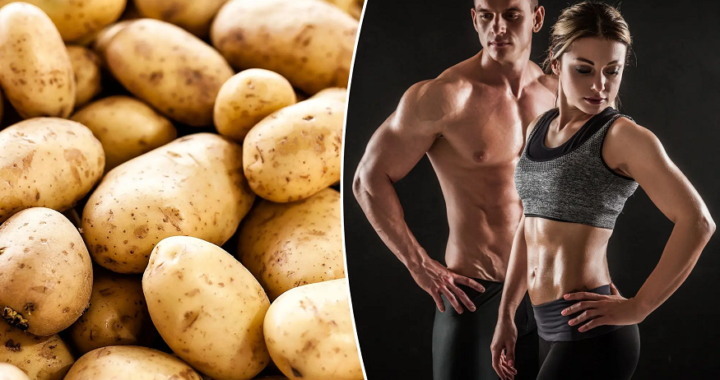 The Remarkable Health Advantages OfIncluding Red Potatoes In Your Diet
The Remarkable Health Advantages OfIncluding Red Potatoes In Your Diet 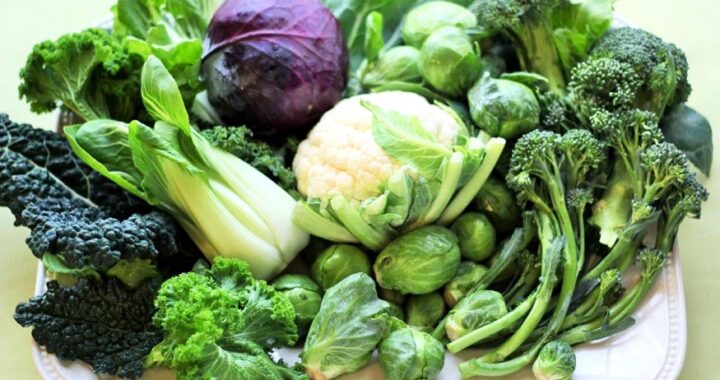 What Is Diindolymethane and What Are Its Consequences?
What Is Diindolymethane and What Are Its Consequences? 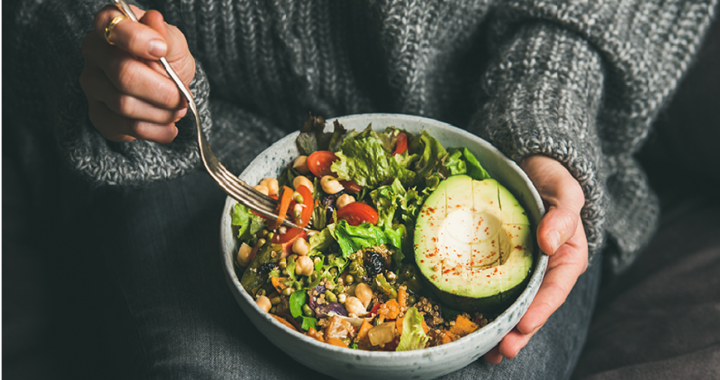 How Do You Get Enough Fiber On A Keto Diet?
How Do You Get Enough Fiber On A Keto Diet?  How Beneficial and Effective Using the Anavar 10mg Dosage
How Beneficial and Effective Using the Anavar 10mg Dosage 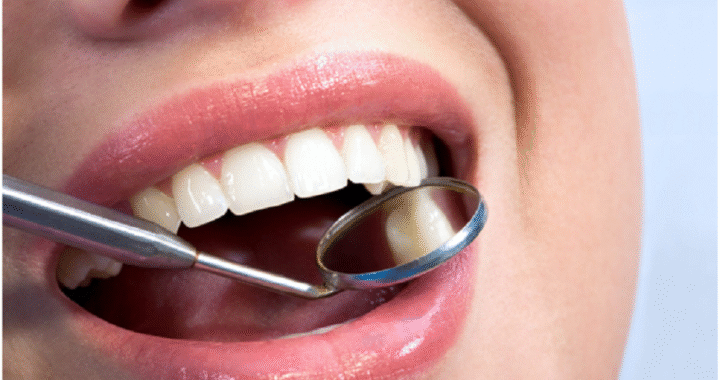 Modern Approaches to Achieving a Perfect Smile
Modern Approaches to Achieving a Perfect Smile 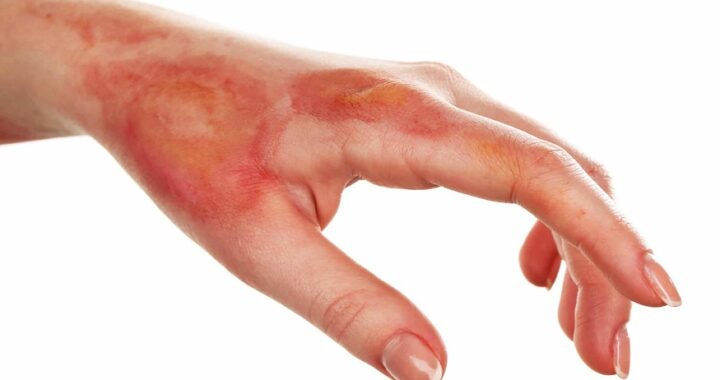 Treating Severe Burn Wounds with New Methods
Treating Severe Burn Wounds with New Methods  Choosing between Poland and Turkey for surgery depends on several factors, including cost, quality of care, safety, travel logistics, and personal preferences.
Choosing between Poland and Turkey for surgery depends on several factors, including cost, quality of care, safety, travel logistics, and personal preferences. 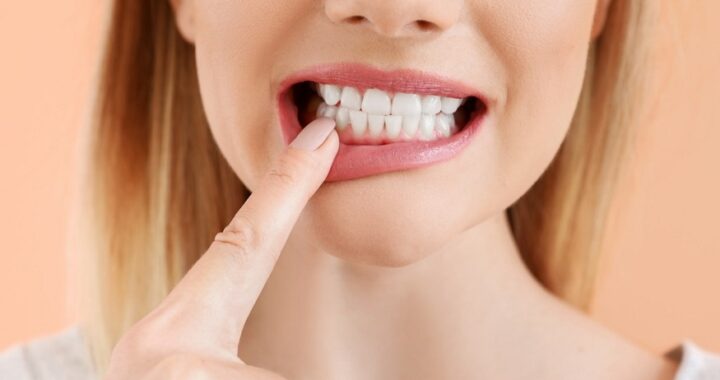 How to Protect Your Enamel from Everyday Wear
How to Protect Your Enamel from Everyday Wear